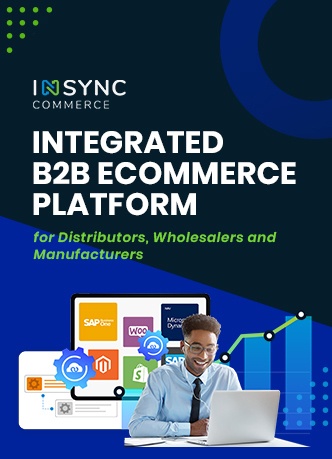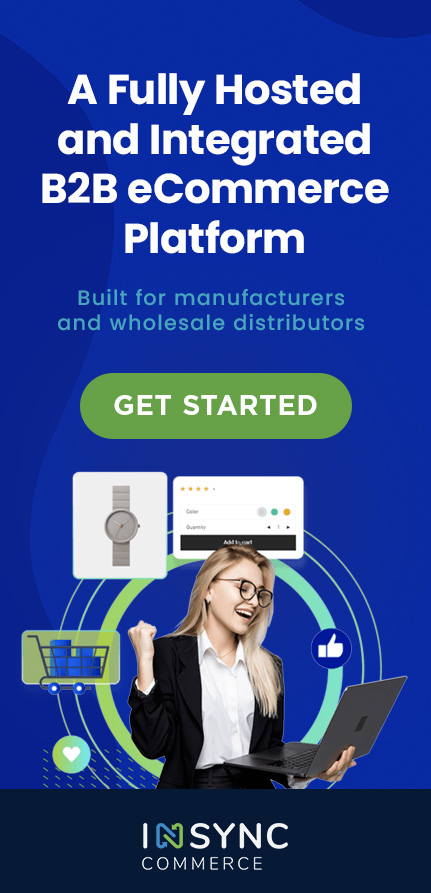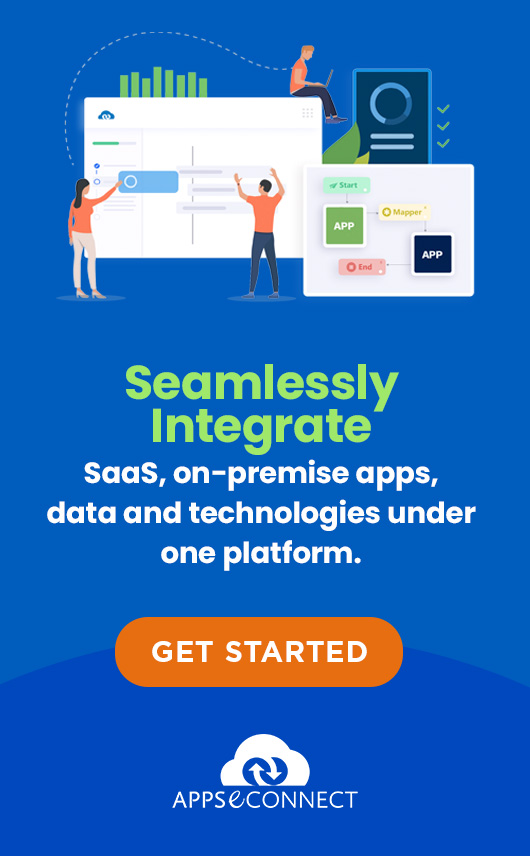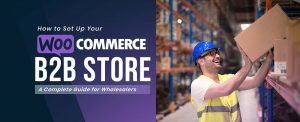In Converting Visitor into Buyer on an Online Store – Part 1, we talked about factors that convert a visitor into a buyer. In this article we will focus on a key factor: good content about the product.
A visitor goes through 3 steps to become a buyer:
- Browse/Search for the product
- Understand the details of the product
- Pay for the product
While search on the site itself leaves a lot to be desired (topic for next part of this article), given that search engines do a good job, means that visitors do end up discovering the page for the product that they will be willing to buy. According to e-commerce usability studies by useit.com, which tested 206 sites to complete 507 e-commerce tasks, users’ biggest problems were because of content:
“The main problem was not so much finding the product as it was finding information about the product. Indeed, 55% of the 143 user failures we observed were caused by bad content — typically, incomplete or unclear information or uninformative error messages”
There are 2 types of content: content that help in navigation, and content that describe the product. Navigational aids (like error messages) are part of the web design and we will cover it in a separate article. Let’s see what the product focused content looks like.
Following is a partial list of product-related content on the site (with an example site that does it well)
- Product Images (multiple images) – fabfurnish
- Product description and specification – Amazon
- Product rating and reviews – Amazon
- Product demonstrations via video – Flipkart
- Product selection guidelines – BestBuy
Once a visitor reaches the relevant page for the product on your site, these information help him/her make a decision. To illustrate that these indeed differ from site to site, I visited 4 sites with an intent to buy a laptop backpack bag which can also act as a overnight bag when I have to travel for a day, and should definitely carry my accessories like ipad, chargers, notebooks, reading books, etc. when I go to my client’s place for a 10-hour meeting. Here are the product details links for the 4 sites: flipkart, jabong, homeshop18, and indiaplaza. As you can see for yourself, there isn’t enough details on any of the site for me to actually end up buying (none of them talk about how much weight it can carry, what kind of compartments it has for non-laptop stuff, can I carry it on my shoulder too or not – images are not very helpful on most sites, etc.). Here is the content that would have helped make me my purchase decision:
- Product Images – multiple images from different angles which I could zoom and pan, including those of inside the bag
- Product Description and Specification – should include scenarios in which these can be used, and in what way, also weight it can carry, volume, etc.
- Product Video – someone using it would have clarified lots of my queries
- Product selection guidelines – What should you look at when buying a laptop backpack. For example, last time, I ended up buying one that can’t be carried on my shoulder, I forgot to check this when buying.
Flipkart has a great product details page for Nokia Lumia 800 by the way, that does good job on most of the content areas listed above. If only they had this much details for all products in their catalog!
To make sure your site has right content to help convert visitors into buyers, you can ask a few ‘test buyers’ (typical online shoppers from amongst your target audience) what they feel about your product details. You can also do comparison with your competitor site. The results might surprise you.
Stay tuned for the next part of this article, where we will explore two areas: improving search results on the store, and personalizing the site for the visitors.










